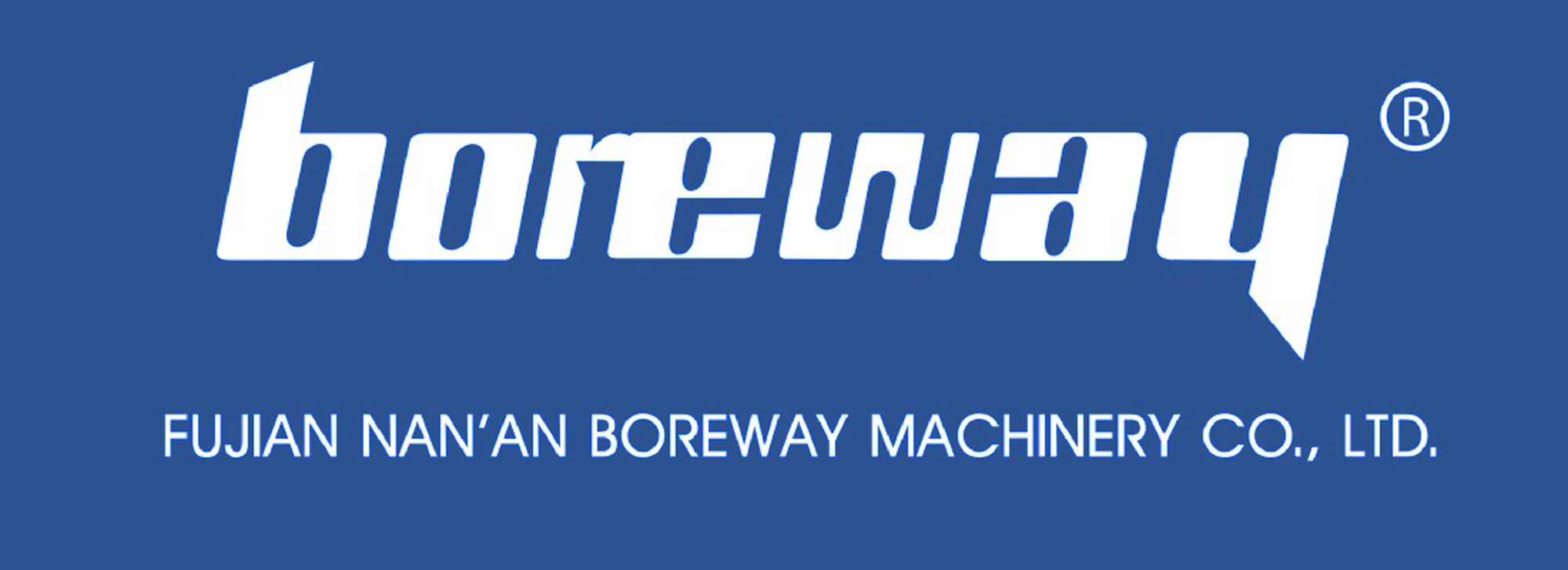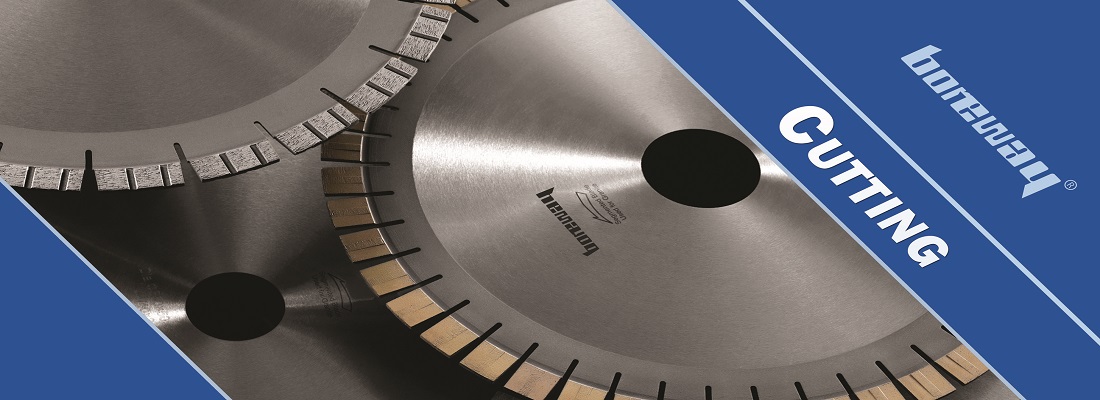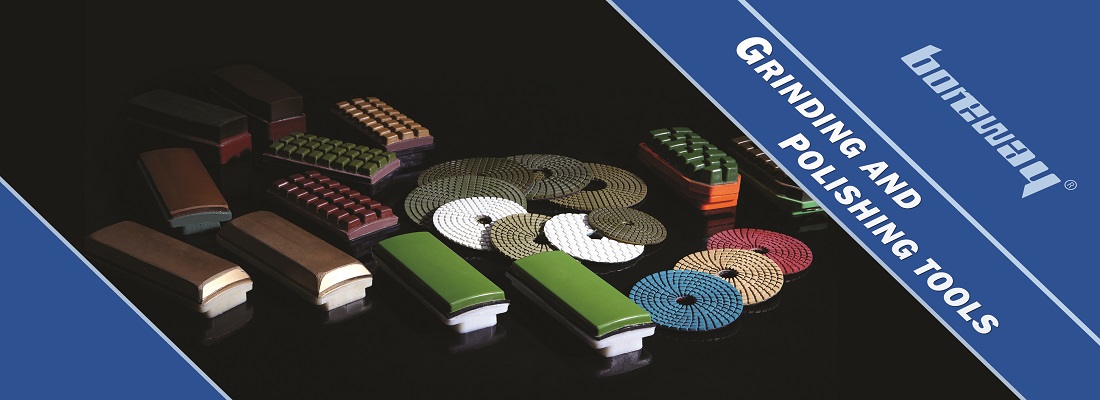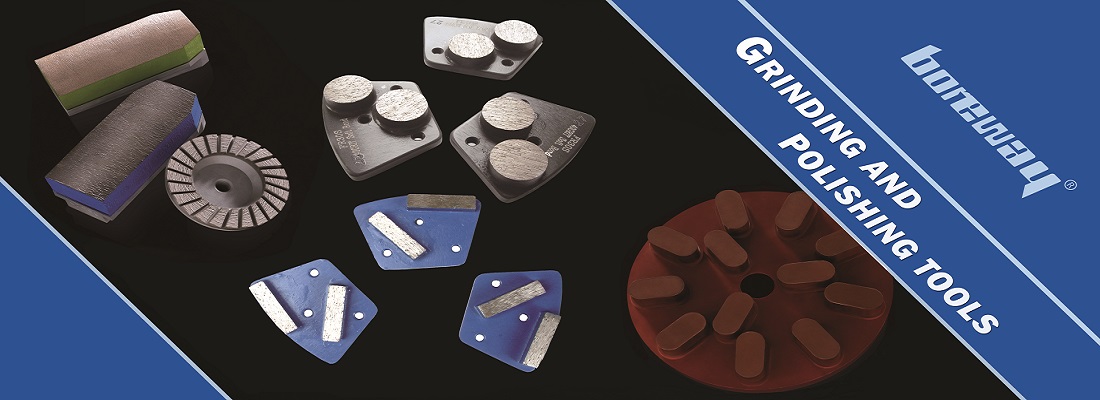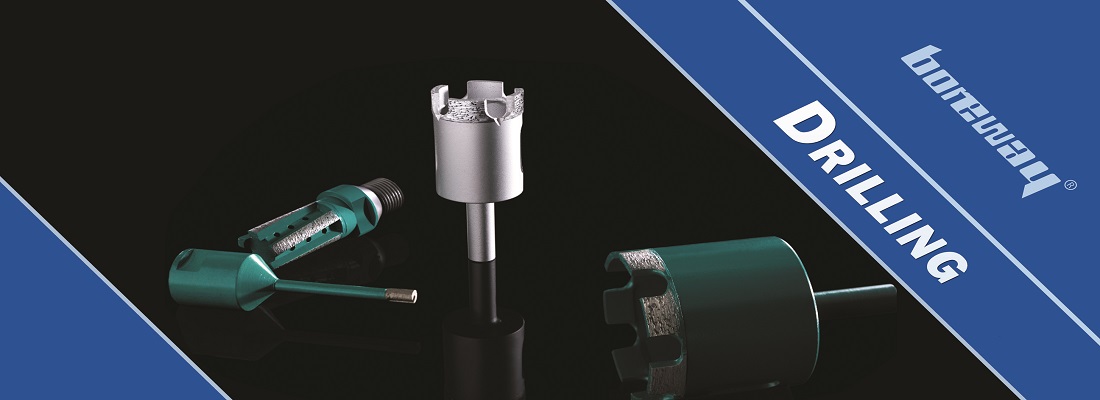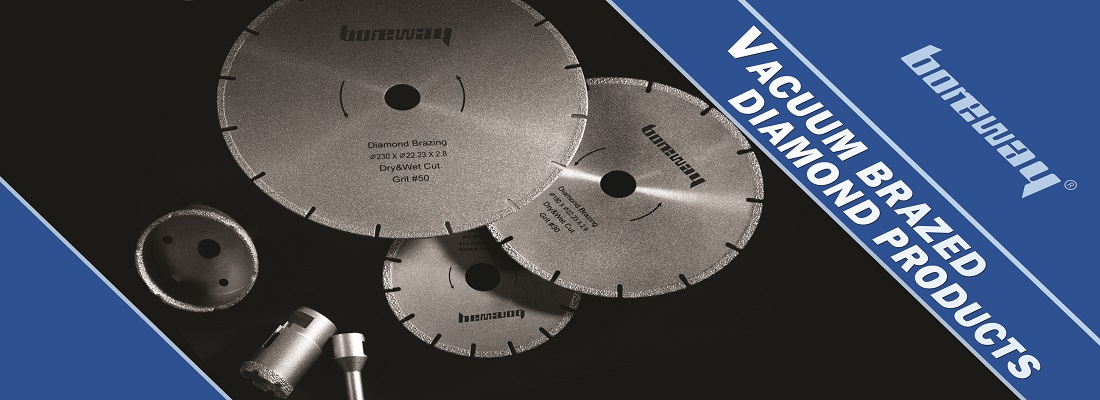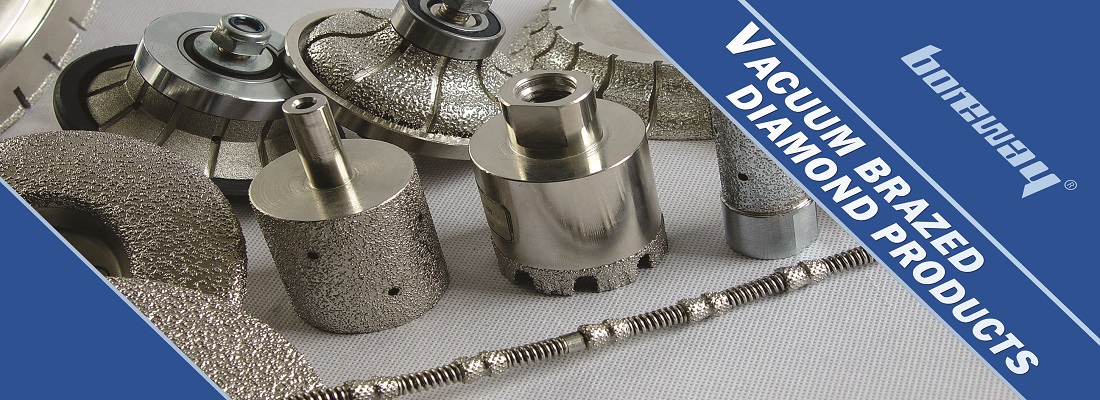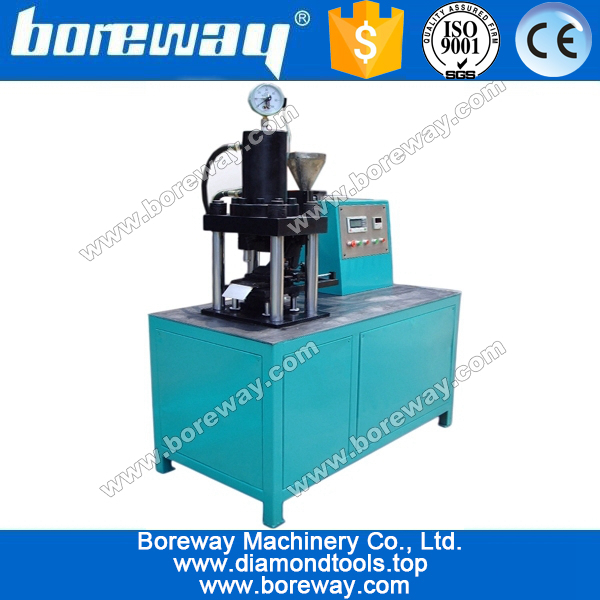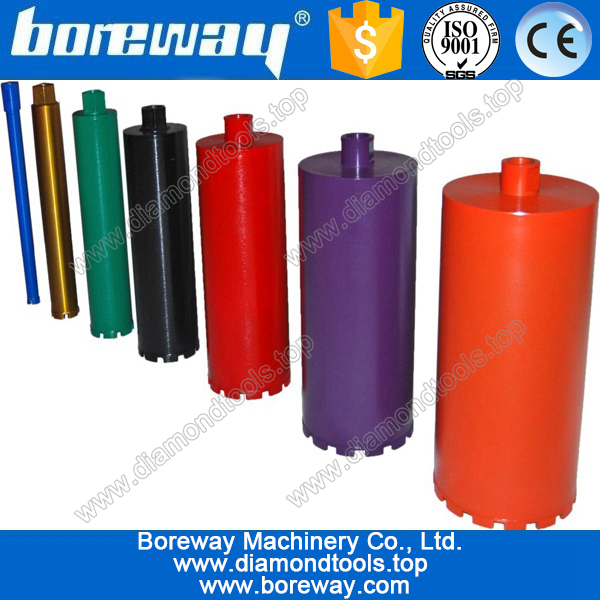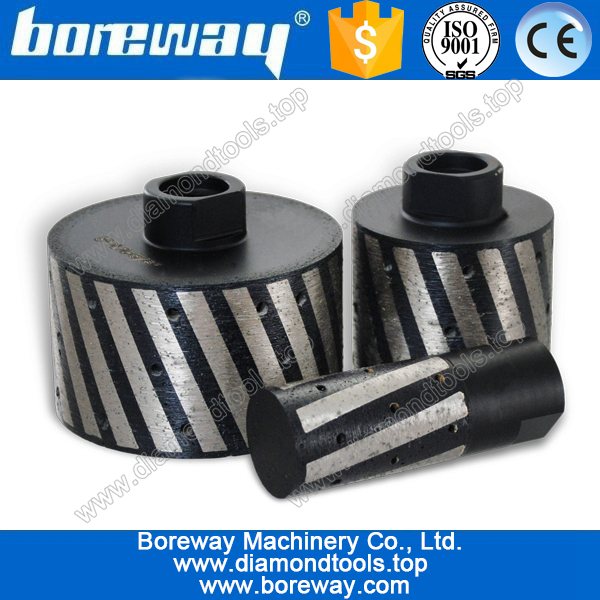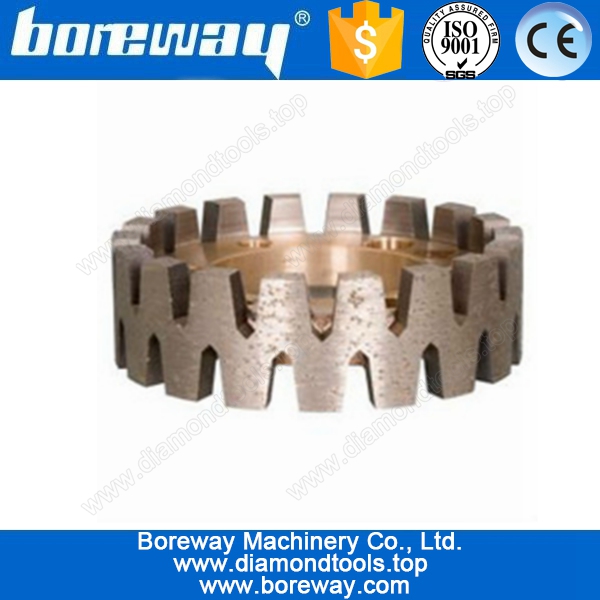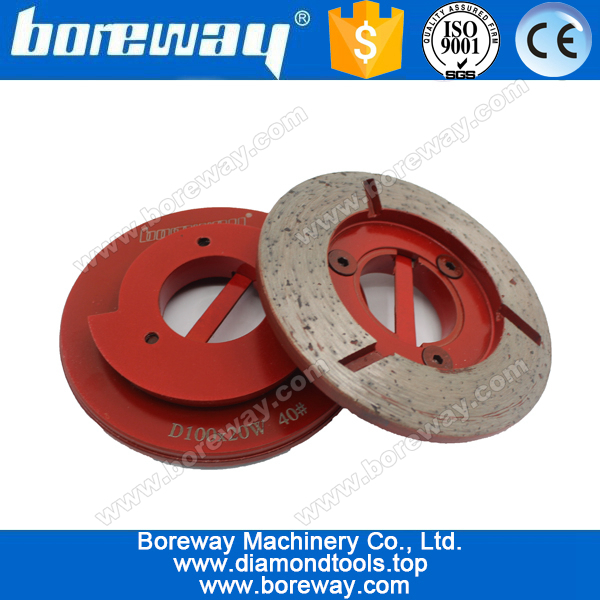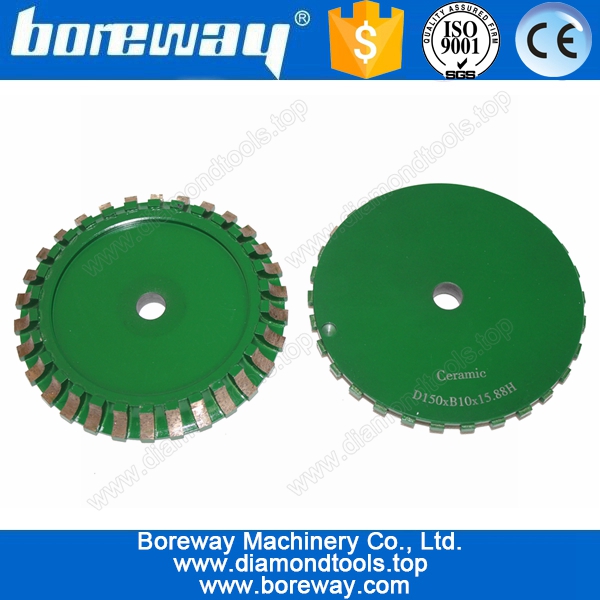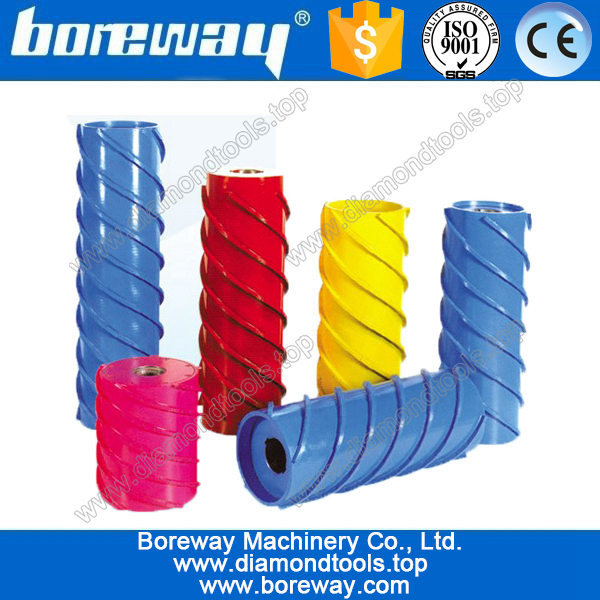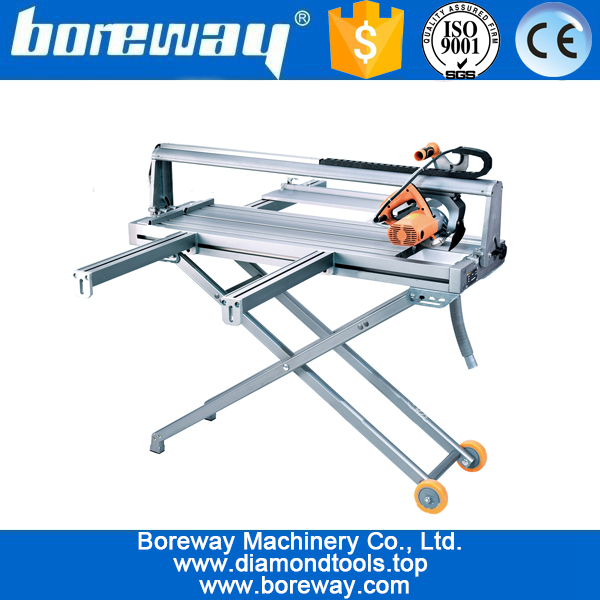Expert analysis of the factors affecting the life of diamond saw blade
influencesDiamondsCircular saw bladesThe efficiency and longevity of the cutting process parameters and parameters of diamondgranularity, Concentration, binder hardness and so on. According to cut to have a few saw blade line speed, sawing concentration and feed rate.
First, the cutting parameters
(1) blade line speed: In practice, the diamond circular saw blade linear speed by the equipment conditions, quality and sawing stone sawing stone is the nature of the restrictions. From the best blade life and sawing efficiency, the stone should be based on the nature of the choice of the linear speed of the blade. Sawinggranite, The blade line speed can be selected in the range of 25m ~ 35m / s. forquartzHigh content and difficult to cut granite, saw blade line speed to take the lower limit is appropriate. In the production of granite tiles, the use of diamond circular saw blade diameter is small, line speed can reach 35m / s.
(2) Saw depth: Saw depth is related to diamond wear, effective sawing, sawing force and the nature of the important parameters of sawing stone. In general, when the diamond circular saw blade line speed is high, should choose a small cutting depth, from the current technology, the depth of sawing diamond can be selected between 1mm ~ 10mm. Usually sawing with large diameter saw granite blocks, the cutting depth can be controlled between 1mm ~ 2mm, at the same time should reduce the feed rate. When the diamond circular saw blade line speed is large, should choose a large cutting depth. However, when the saw performance and tool strength within the permitted, should try to take a larger cutting concentration for cutting to improve cutting efficiency. When there is a requirement on the machined surface, small depth cutting should be used.
(3) Feeding speed:FeedrateThat is, the rate of feed stone sawing. Its size affects the sawing rate, blade force and heat dissipation of the sawing area. Its value should be based on the nature of the stone to be selected to cut. Generally speaking, sawing soft stone, such as marble, may be appropriate to increase the feed speed, if the feed rate is too low, more conducive to improve the sawing rate. Sawing fine-grained structure, more homogeneous granite, may be appropriate to increase the feed rate, if the feed rate is too low, the diamond blade is easy to be polished. But sawing coarse-grained structure and soft and hard granite, should reduce the feed rate, otherwise it will cause the saw blade vibration caused by diamond cutting and reduce the sawing rate. Sawing granite feed rate is generally selected in the range of 9m ~ 12m / min.
Second, other factors
(1) diamond particle size: commonly used diamond particle size in the 30/35 ~ 60/80 range. The harder the rock, should choose to take a smaller grain size. Because under the same pressure conditions, more fine diamond more sharp, is conducive to cut into the hard rock. In addition, the general diameter of the saw blade requires high cutting efficiency, should select the coarse particle size, such as 30/40, 40/50; small diameter saw blade cutting efficiency is low, requires smooth cutting section of rock, Select the finer granularity, such as 50/60, 60/80.
(2) tip concentration: the so-called diamond concentration, refers to the diamond in the working layer matrix distribution density (ie, the weight of diamond contained within the unit area). "Norms" provides that the working carcass per cubic centimeter containing 4.4 karats of diamond, the concentration of 100%, with 3.3 karats of diamond, the concentration of 75%. The volume concentration represents the volume of diamond in the agglomerate and specifies that the concentration of diamond is 100% when the volume of diamond is 1/4 of the total volume. Increasing the concentration of diamond is expected to prolong the life of the saw blade, since increasing the concentration reduces the average cutting force experienced by each diamond. However, increasing the depth inevitably increases the cost of the saw blade, so there is a most economical concentration, and the concentration increases with the cutting rate increases.
(3)Knife head binderHardness: In general, the higher the hardness of bonding agent, the stronger its anti-wear ability. Therefore, when the grinding of large rock cutting, the hardness of the binder should be high; soft rock when cutting the material, the hardness of the bonding agent should be low; when grinding hard and hard rock, the bonding agent should be moderate hardness .
(4) force effects, temperature effects and wear damage: diamond circular saw bladeCuttingStone process, will be subject to centrifugal force, sawing force, sawing heat and other alternating load.
Due to the effect of force and temperature effects caused by the worn out of the diamond circular saw blade.
Force effect: in the sawing process, the saw blade to be subject to axial force and tangential force. Due to the presence of forces in the circumferential and radial directions, the saw blade is wavy in the axial direction and disc-shaped in the radial direction. These two deformation will cause the rock section is not straight, stone waste, sawing noise, vibration increased, resulting in early damage of diamond caking, saw blade life reduced.
Temperature effect: the traditional theory that: temperature on the process of the saw blade mainly in two aspects: First, lead to agglomeration in the diamond graphitization; two is caused by diamond and carcass of the thermal power of the diamond particles and lead to premature fall . New research shows that: the heat generated during cutting the main incoming agglomeration. Arc temperature is not high, generally between 40 ~ 120 ℃. While the abrasive grinding point temperature is higher, generally between 250 ~ 700 ℃. andCoolantOnly to reduce the average temperature of the arc zone, the impact of abrasive temperature is small. This temperature does not cause graphite carbonization, but will make the friction between the abrasive particles and the workpiece properties change, and the diamond and additives between the occurrence of thermal stress, which led to the fundamental mechanism of diamond bending occurred. Studies have shown that the temperature effect is the biggest impact on the blade damage factors.
Grinding damage: due to the force effect and temperature, the saw blade after a period of time will often have the use of grinding damage. The main forms of grinding damage are the following: abrasive wear, localbroken, A large area of broken, off, bonding agent along the direction of the speed of sawing mechanical abrasion. Abrasive wear: diamond particles and the type of friction, edge passivation into a flat, loss of cutting performance, increase friction. Sawing heat will make the surface of diamond particles appear graphitized thin layer, greatly reduced hardness, increased wear: the surface of diamond particles to withstand the alternating thermal stress, but also to withstand the alternating cutting stress, there will be localized crack and crack, reveal A sharp edge of the new edge is the ideal form of wear and tear; large area of broken: the diamond particles in the cut and cut to withstand the impact load, the more prominent particles and grain premature consumption; shedding: alternating cutting force diamond The particles are constantly shaken in the binder and are loosened. At the same time, the wear and heat of the binder itself during the sawing process softens the binder. This leads to a decrease in the holding power of the binder. When the cutting force on the particles is greater than the holding force, the diamond particles fall off. Whatever the wear is closely related to the load and temperature to which the diamond particles are subjected. Both of which depend on the cutting process and cooling and lubricating conditions.

